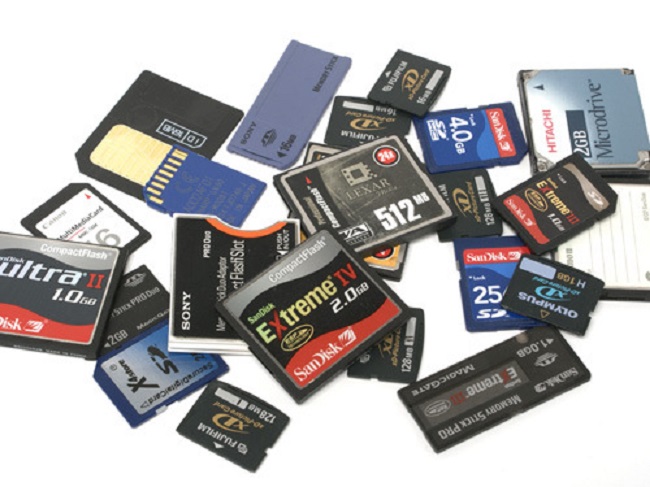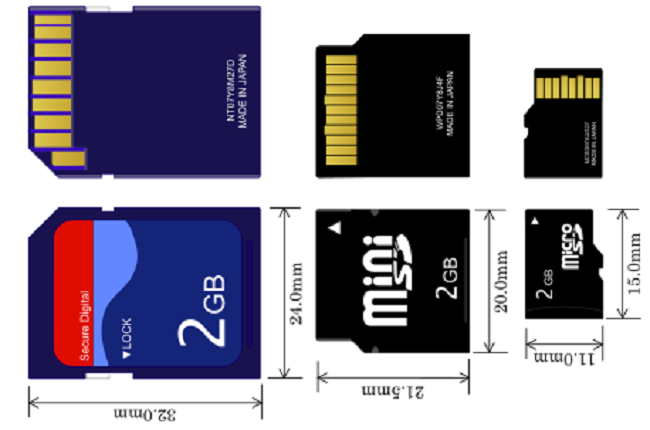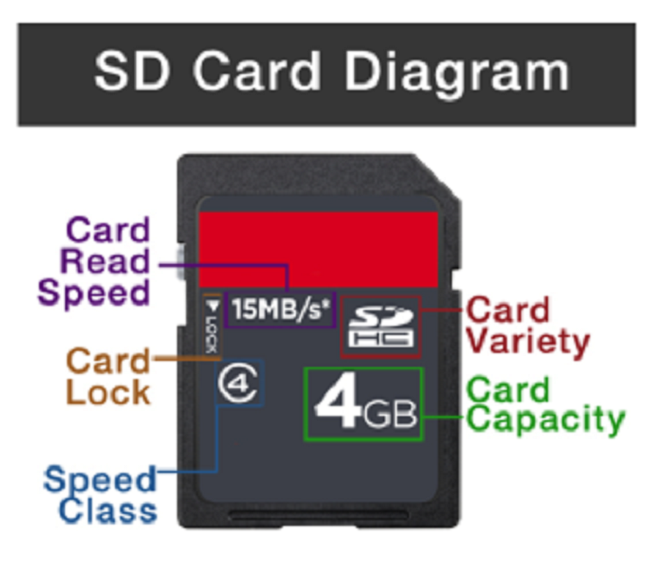With almost everyone carrying around digital gadgets to take pics, hear music, play games, etc, an additional memory storing device becomes a necessity after some span of time as most of us are not willing to compromise the loss of any of our favorite games or songs.
At this time, the Flash Memory Cards or commonly called Memory Cards (Memory Cards are called Flash memory cards because they have a non-volatile memory that retains it storage even in absence of power source) come and serve us no less than a boon granted.
Hence, once we decide to buy a memory card, the very next question arises is ‘Which one should I buy?’ or ‘How do i gauge the performance of card?’ or ‘Which brand makes the best memory card?’ and many such similar questions. If you are also troubled with similar questions, you have come to the right place for solution.
So let us start with the most basic requirement you need to decide first.
Physical Format/Physical Size
This is the first thing you should consider is the physical size of the memory card (also called SD card).
For this you need to decide in which device do you need to actually enhance the external storage. There are 3 sizes of memory cards available in the market as listed below:
1) Standard SD card: It is the biggest of all and has dimensions of 32 by 24 by 2.1 mm. They are commonly used in digital cameras.
2) MiniSD cards: Not many devices today support them. The dimensions are 21.5 by 20 by 1.4 mm. Earlier they were used by portable media players, digital audio players, expandable USB flash drives, Nintendo DS flashcards, and digital cameras but MicroSD cards have taken their place.
3) MicroSD cards: Used in most of the cell phones and smartphones come with the smallest dimensions of 15 by 11 by 1 mm.
So I guess you have decide the card’s physical size by now. Lets move a step further now; after deciding the physical size, next thing to decide is the storage capacity.
Storage Capacity
As the name suggest, the more the storage capacity of the memory card, the more will it be able to store the data. Yes, it is the ‘GB’ size.
But but but…You need to make sure that the your device should be able to support the larger Memory Card Size.
You also need to make sure whether your device supports SD (Secure Digital)/SDHC (Secure Digital High Capacity)/SDXC (Secure Digital Extended Capacity) format.
Now once this is done, we would prefer a memory card that transfers the data in a go rather than the ones that eat up much of your time just to transfer few photographs. So the next and the very important issue to consider is the Transfer Speed of Data or Data Rate.
Transfer Rates/Speed Class
There are no standard specifications available to gauge the data rates as such and they may vary with the manufacturers.
For example, in Sandisk Class 4 cards offer read and write speeds of 15 megabytes per second (MBps), Class 6 cards handle upto 20MBps, and Class 10 cards reach 30MBps. Whereas, Kingston, describes its Class 4 cards as delivering a 4MBps data transfer rate, Class 6 as having 15MBps write speed, and Class 10 offering a 40MBps data transfer rate. Other brands like Transcend have their own different data transfer rates.
So lets make it simple now.
Class 10 – If you want to shoot HD video/photographs that are stored directly in memory card (rather than the internal memory of the device).
Class 6/4 – If you want to store some apps on the memory card.
Class 2 – Not Recommended 🙂
Finally lets summarize the things you need to check. The image below will help you gain a better picture:
That’s all we have to share. Here are some recommendations if you want to proceed further to buy a memory card right now!
- MicroSD Card 16GB of Class 10
- MicroSD Card 32GB of Class 6
- Standard SD Card 32GB of Class 10
- Standard SD Card 16GB of Class 10


